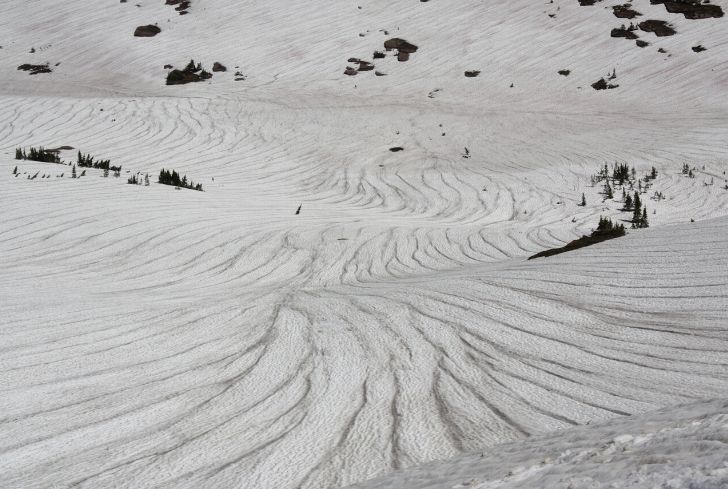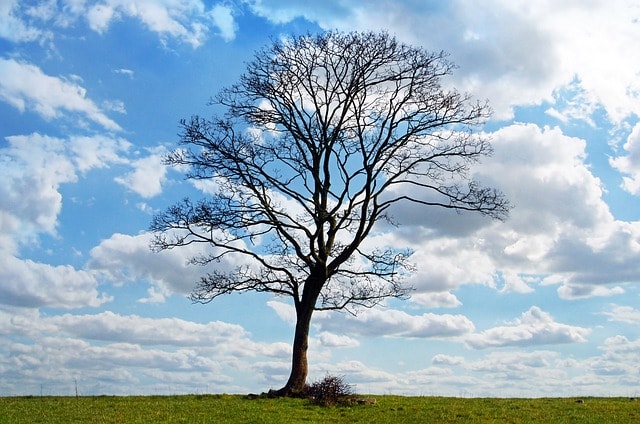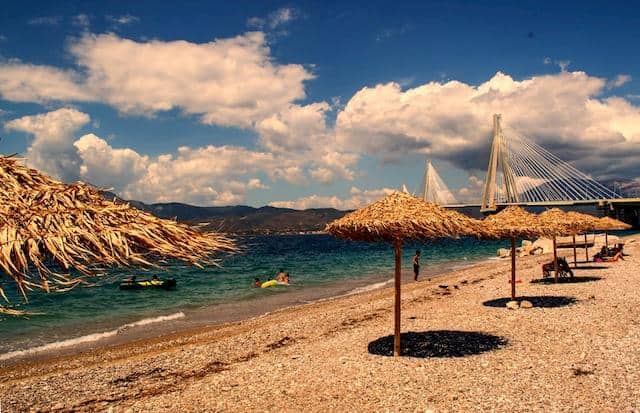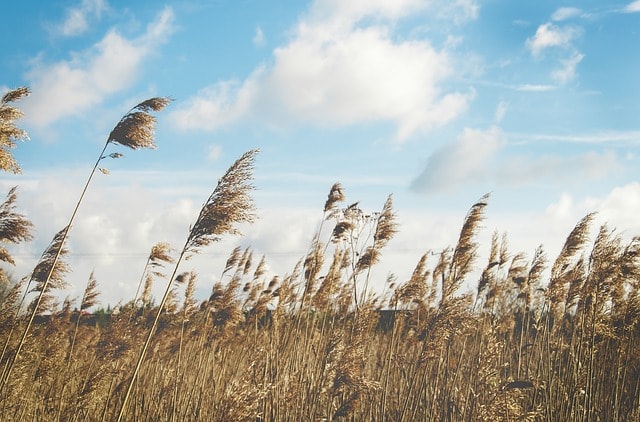Continental Glaciers: Location, Types, Formation and Importance

Continental glaciers are those vast masses of ice sheets covering stretches of land, mainly found in Antarctica. Such glaciers flow over large areas that are unconfined, where they bury the landscapes underneath.
The more ice it deposits, the more accumulation occurs, and the force applied on the snow is equally distributed over the surface to flatten the landscape. The ice sheets spread over miles and are around 3000 meters or more in thickness.
Where are Continental Glaciers Found?
The big continental glaciers are mostly found in Antarctica and Greenland. The glaciers found in these places are almost 3,500 meters in thickness. Dome-shaped and circular ice caps are more significant than the ice fields but are smaller than ice sheets. Various smaller ice caps outlets can flow from the ice shields. Continental glaciers are even found in the Arctic Circle.
Types of Continental Glaciers
There are primarily three types of continental glaciers, namely ice caps, ice sheets, and outlets.
Ice Sheets
The ice sheet is the one that covers more significant areas of almost 50,000 sq. Km. Greenland and Antarctica are examples where you will find ice sheets. Ice sheets in Greenland are nearly 1,710,000 sq.kms, covering 80 percent of the total area and are about 3 kilometers in thickness. The ice sheet found in Antarctica are spread almost 14 square kilometers and is the most massive single ice sheet of the world. Nearly 98% of ice sheets cover Antarctica, which has a thickness of 4.98 kilometers.
Ice Caps
Ice caps are dome-shaped masses that stretch to 50,000 km of land. Although found in mountainous regions, ice caps could be termed as continental glaciers since they are not confined to smaller areas only. The green lakes and the coastal waters are formed as a result of the fine sediments being eroded by glaciers.
Outlet glaciers are similar to valley glaciers and confined to topography, but originate from the ice caps. When these glaciers reach the valley, they appear like protruding huge sized tongues.
How do the Continental Glaciers Form?
The formation of continental glaciers occurs in places where there is much of snowfall compared to the rest. After falling, the snow begins to compress and then becomes more tightly and densely packed. It changes from light, fluffy light crystals to rounded ice pellets.
When new snow falls, they bury the granular ones, and the hard ice gets compressed further. The dense, grainy ice becomes firn. The process by which the snow compacts is called firnification.
Ice sheets tend to flatten as more ice accumulates over it and then spread across to form layers. These sheets gradually cover the entire area, thereby creating continental glaciers. The masses of ice behave like plastic, or they move until they cover everything in its way.
Glaciers move slowly like a few centimeters from its place. The lateral force that acts over the ice chunk is responsible for spreading the snow evenly to all sides till it attains a flat shape of a massive sheet of ice.
How are the Continental Glaciers Different From Valley Glaciers?
Continental glaciers, also known as ice sheet glaciers, are more massive than the Alpine or valley glaciers. They cover the entire continent except for the mountain tops. The ice sheets cover most of Canada and the Northern side of the United States in the last Ice age.
It’s almost 10,000 years that the ice sheet shrank and melted. Most of the ice sheets found today is in Greenland and Antarctica. The ice over Antarctica is now 4,500 feet in the layer.
Continental glaciers are the thickest at the center, and they tend to flatten on either side, thereby spreading towards other directions. This type of iceberg recedes when the ends melt faster and build up an accumulation zone. The more the ice accumulates, the more it tends to erode to other sides, which is due to erosion by wind.
Valley glaciers are formed only at mountain tops and move slowly through the valleys. As the glaciers move, they cause erosion, pushing away the sediment and breaking up the rock surface.
The valley glacier can change a V-shaped mountain to a U-shaped one. Some glaciers tend to extend till the lower bases of mountains, where melting occurs due to a rise in temperature. The melting glaciers drop sediments and stream carries them away.
While the valley glacier flows into the ocean, it takes with it big blocks that become an iceberg. Valley glaciers are generally unaffected by wind erosion.
Various Depositional Landforms of Continental glaciers
Deposits of continental glaciers are similar to that of ice sheets and valley glaciers. Recessional moraines and terminal ends are formed in the same way as valley glaciers. Morainic ridges are laterally continuous, and they stay for hundreds of kilometers in length, breadth, and height. The moraines are formed at the end of the discreet margins of ice plots.
Ground moraines are usually formed when the direct deposits of glacial debris from a sheet one over another create a less than 10 meters thick sheet. These moraines represent a hummocky terrain, a topography with low relief and alternating until mounds and depressions. In areas covered by ground moraines, you will find flutes.
Drumlin is another elongated, streamlined mound of sediment and a depositional landform associated with continental glaciers. These types of structures often occur in a group of hundreds or tens known as drumlin fields. The group of such drumlins generally gets aligned across the direction of regional ice flow.
The glacial till in every drumlin has an accumulation of rocks and sand grains called ‘fabric.’ Drumlins form sub-glacially close to the edge of an ice sheet. The difference between a rock drumlin and a normal one is that drumlin is erosional bedrock, whereas the ice-sheet is depositional till feature.
Debris of the glacial environment is transported, laid down, and then carried over by water. The meltwater streams are accumulated at the margins and bottoms of ponds and glacial lakes. There are high glaciofluvial deposits that are generally pressurized during the time of discharge.
The original stream channel might be locked with sediments, and the stream is forced to change its way through the landscape. The amount of sediment deposited generally decreases with the ice margin. The planar deposits by the glaciofluvial deposits are called valley trains.
Importance of Continental Glaciers
Glaciers are an essential indicator of the study of environmental change, thereby making people aware of the increasing global warming. Due to the continuously growing industrialization, and use of automobiles, there is a rising graph of air pollution triggered by the emission of carbon monoxide and other harmful greenhouse gases. The outcome of all these is the catastrophic increase in global warming and greenhouse gases.
The melting of glaciers of the Arctic and Antarctic Circle will lead to the rise in the volume of sea level to the extent that it can affect the lives of humans and animals. The marine life will also be changed. Corals and other sea lives depend on salty water, but the emergence of freshwater might endanger its existence.
Sports activities like ice skiing, popular in the areas of continental glaciers, will also be profoundly affected. The Chacaltaya glacier of Bolivia melted in 2009, thereby putting the future of ice skating sports at risk. Large icebergs created by the melting of continental ice even put the process of shipping at stake.
Massive ice masses were deposited in Europe and North America during the Pleistocene period, which was even known as Ice Age or glacial period. The most fabulous collection of ice was also 18,000 years before. Around one-third of the world was covered with ice then, but now it has reduced to only one-tenth.
References:






